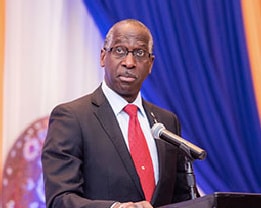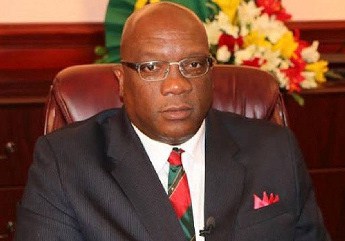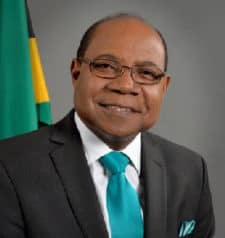Internet experts call for more Community Networks in the Caribbean
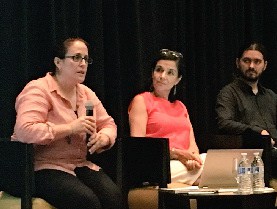
BY GERARD BEST
PANAMA CITY, Panama – A group of internet experts is calling for a different approach to providing Internet access to the poor, remote and underserved parts of the Caribbean region.
“Governments, policy makers and the private sector are exploring strategies and partnerships to connect the unconnected,” said Jane Coffin, Director of Development Strategy at the Internet Society.
Coffin was one of three speakers in a panel discussion at a recently concluded conference hosted by regional telecommunications organisation association, CANTO. She issued a call for all Caribbean stakeholders to look at innovative and smart ways to bring Internet access to the region’s underserved and unconnected communities.
Coffin highlighted community networks as a possible solution. Community networks are computer-based networks deployed and operated by a local group to meet their own communication needs.
Unlike the top-down approach of commercial service providers, community networks are typically from-the-ground-up projects that enable local development, and help keep profits local—generally providing training for the users and reinvesting any proceeds back into in the local community.
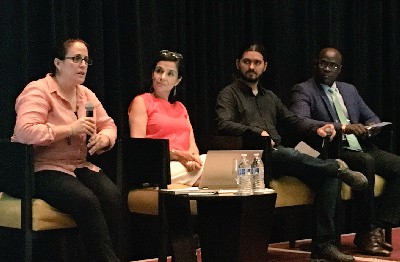
Adriana Lambardini, a former commissioner of the telecommunications regulator in Mexico, gave insights on practical ways that governments can create an enabling environment for community networks.
“We need to make sure that the fiscal incentives are put in place,” she said, explaining that governments should consider creating polices to specifically address not-for-profit and small-scale operators, in order to address market dominance by larger, commercial providers.
Community networks complement traditional service providers by providing local access where mainstream networks do not generally operate.
Several hundred community networks exist worldwide, some built and managed by individuals, others by organisations from the private or public sector. Whatever shape they take, community networks are basically do-it-yourself networks built by the people for themselves.
Nicolás Pace of Altermundi, shared tales from the trenches of deploying community networks in Central America and the Caribbean. Community networks have also been deployed across the world, from some of the poorest peoples of Nepal, India, Kenya and Mexico, to the unconnected communities of New York and San Francisco in the United States, to the underserved communities of Georgia in Eastern Europe.
Pace pointed out that while the Caribbean could learn some lessons from observing other community network deployments, each community was unique and each network emerged from a particular set of conditions. Community networks can emerge organically as the result of people working together, combining their resources, organising their efforts, and connecting themselves to close connectivity. Or they can be deployed quite quickly in times of crisis, such as in the response to an earthquake or hurricane.
“No two community networks are necessarily the same,” Pace said.
The expert panel was moderated by Shernon Osepa, Regional Affairs Manager for Latin America and the Caribbean at the Internet Society.
The CANTO conference, which took place in Panama City from July 22 to 26, attracted a wide range of stakeholders from across the region’s Internet and telecommunications industry, including regulators, government ministers, policy makers, Internet organisations, network operators, suppliers and vendors.



